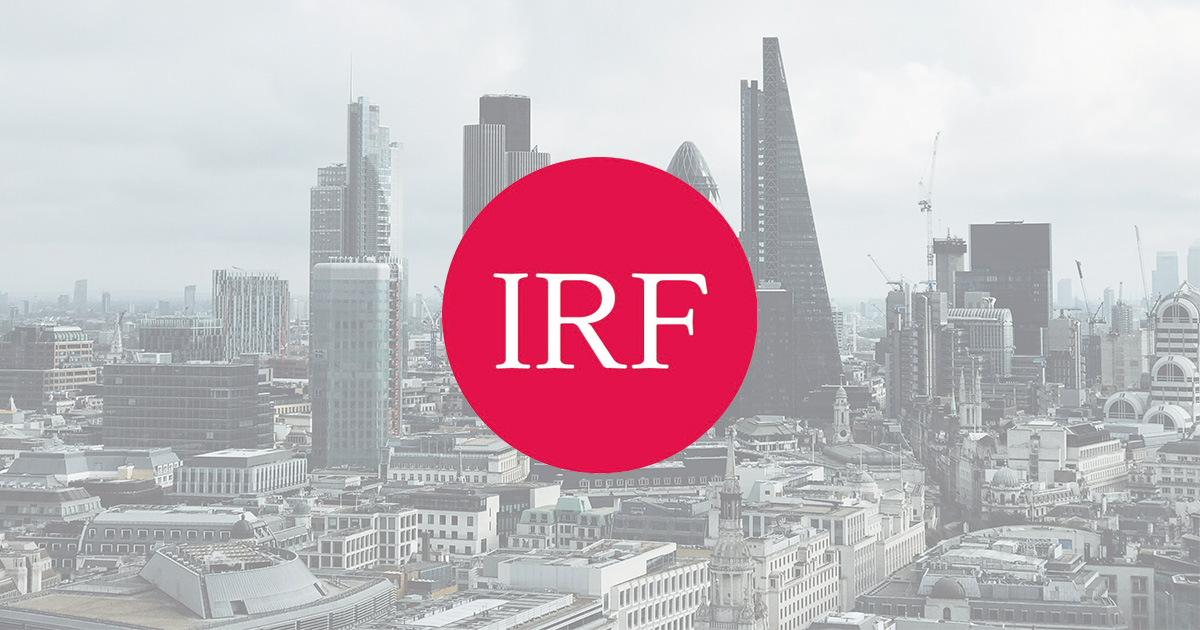This Time, it IS Different: Risk and Opportunity in 2022
Aitken Advisors
Wed 02 Feb 2022 - 15:00
Summary
James Aitken began his conference call on the US and the Fed, discussing inflation and fiscal policy. The period of elevated realised inflation has buoyed investors’ perception of upside inflation risks. Although James expects inflation to moderate, the Fed’s new-found inflation tolerance would suggest that average realised inflation in the next several years will likely be higher than what was realised before the pandemic. Higher realised volatility, higher interest rate volatility and higher policy uncertainty will create headwinds for still relatively expensive assets. On fiscal policy, expansion should support growth, inflation and inflationary expectations. Supply chain diversification and greater environmental policy trends will support prices, although manufacturing innovation could offset the price effects of these trends over time.
Looking at expected inflation one year ahead from the Fed, the political problem is the spread between earnings growth and expected inflation rate one year on. This shows real wages are falling as inflation is still flying. Changes within private inventories (CIPI) made up the largest contribution to real GDP growth in Q4 ’21, recovering about half of the losses between Q1 – Q3. However, many industry inventories remain lean and so will need restocking to extend into the current year. Cross-checking Adobe DPI vs CPI shows that whilst e-commerce in retail sales is on the up, prices are also still rising.
On quantitative tightening, it is not believed that this should be factored into investors portfolio decisions, albeit being a credible threat, due to the unlikelihood of the Fed selling assets outright from their balance sheets.
James went on to discuss the recent inflation surprise in Europe, describing European rates to be reactive, rather than predictive. Comparing the implied volatility on European two years and swap rates shows a repricing in October, and the market simmering down in November. It is predicted that the ECB will have to revise their inflation forecast, to move in a less-aggressive direction as the Fed. There may be more spillover if the ECB partake in a global hiking cycle, which could see a rapid wind down in ECB’s asset purchases and a first-rate hike in September ’22.
Moving onto global growth, Singapore exports are showing strong year on year growth, with export prices rising and going against any concerns about a global setback or problems within China. Looking at the Commodity Research Bureau industrials index, there has been a roar over the past year, showing that China remains robust. Within Japan, rate hikes and any type of taper are unthinkable, however beware of the stable variable that the Bank of Japan will be an asset purchaser
Discussing ESG stocks, the climate transition underway will result in persistently higher oil and gas prices, ironically whilst the ECB provides incentives for investors to rotate towards green collateral.
James concludes by saying there will be the need to adjust to a world where average realised inflation is more elevated than anyone is used to, which will mean average realised interest rate volatility will also be higher as well as higher policy uncertainty.
Topics
Investors will need offset the inevitable multiple compression generated by an inflation-fighting Fed that is determined to raise risk premia
Would a less dovish or even surprisingly hawkish ECB & BoJ be more impactful for markets than so-called quantitative tapering?
Financial conditions need to tighten. Will it be abruptly or orderly?
Given low default rates and booming nominal growth, pain in IG credit is bound to rise and spread compensation is likely to matter more
Are ESG ‘darlings’ any different to meme stocks, plus ESG tail risk: what if the ESG rules keep changing?
Finally, the inflationary implications of the climate transition are still not being fully appreciated.
